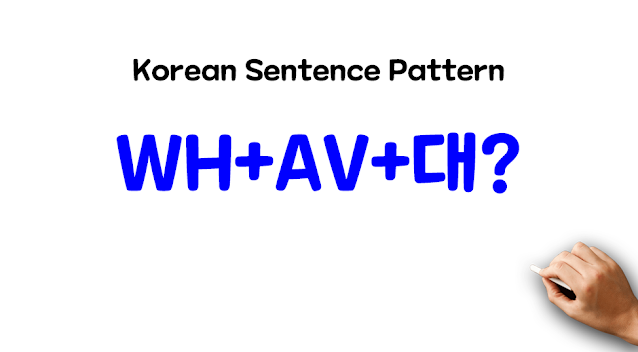Learn Korean: WH + AV + 대?
Let's take a look at the Korean sentence pattern WH + AV + 대(?). We use this to ask someone’s response to a question. For example, Kangtae wants to know where Hyuna lives, but he is shy to ask her in person. So he asks his friend Jimin for help. Jimin approaches Hyuna and gets the answer. Kangtae is too excited to know. He asks What did she say? Where does she live? The original question is 어디에 살아(요)? The main verb is 살다 (to live). We take the verb stem and attach ㄴ대(요) because it ends in a vowel. But 살다 is an irregular verb which means ㄹ omits itself when followed by ㄴ. The actual sentence is 어디에 산대?
We also use this to ask what someone has said that probably answers the question we have in mind. For example, Jimin tells Kangtae that he had a chat with Hyuna the other day. Jimin finds out that Hyuna doesn’t eat fish. Before he reveals the reason why, Kangtae asks Why doesn’t she eat fish? What did she say? The original question is 생선 왜 안 먹어(요)? The main verb is 먹다. We take the verb stem and attach 는대(요) because it ends in a consonant. The actual sentence is (생선을) 왜 안 먹는대? In past tense, we simply attach 대(요) to the 았/었/였 form of the verb.
왜 운대요?
What did she say? Why is she crying?
주말에 뭐 한대?
What did she say is going to do this weekend?
둘이 왜 헤어졌대?
What did she say the reason
they broke up? (In here, I didn't ask Person B to do the asking. Person C might
have told him why, so I assume Person B knows the answer)

